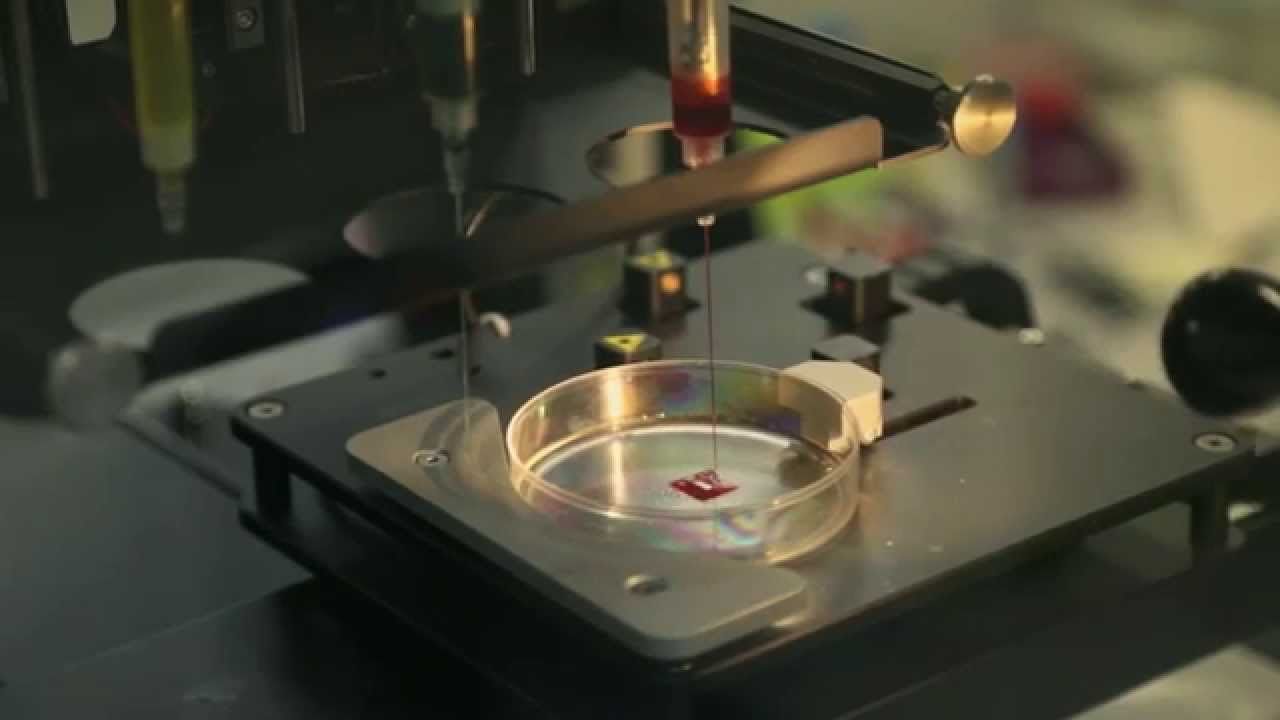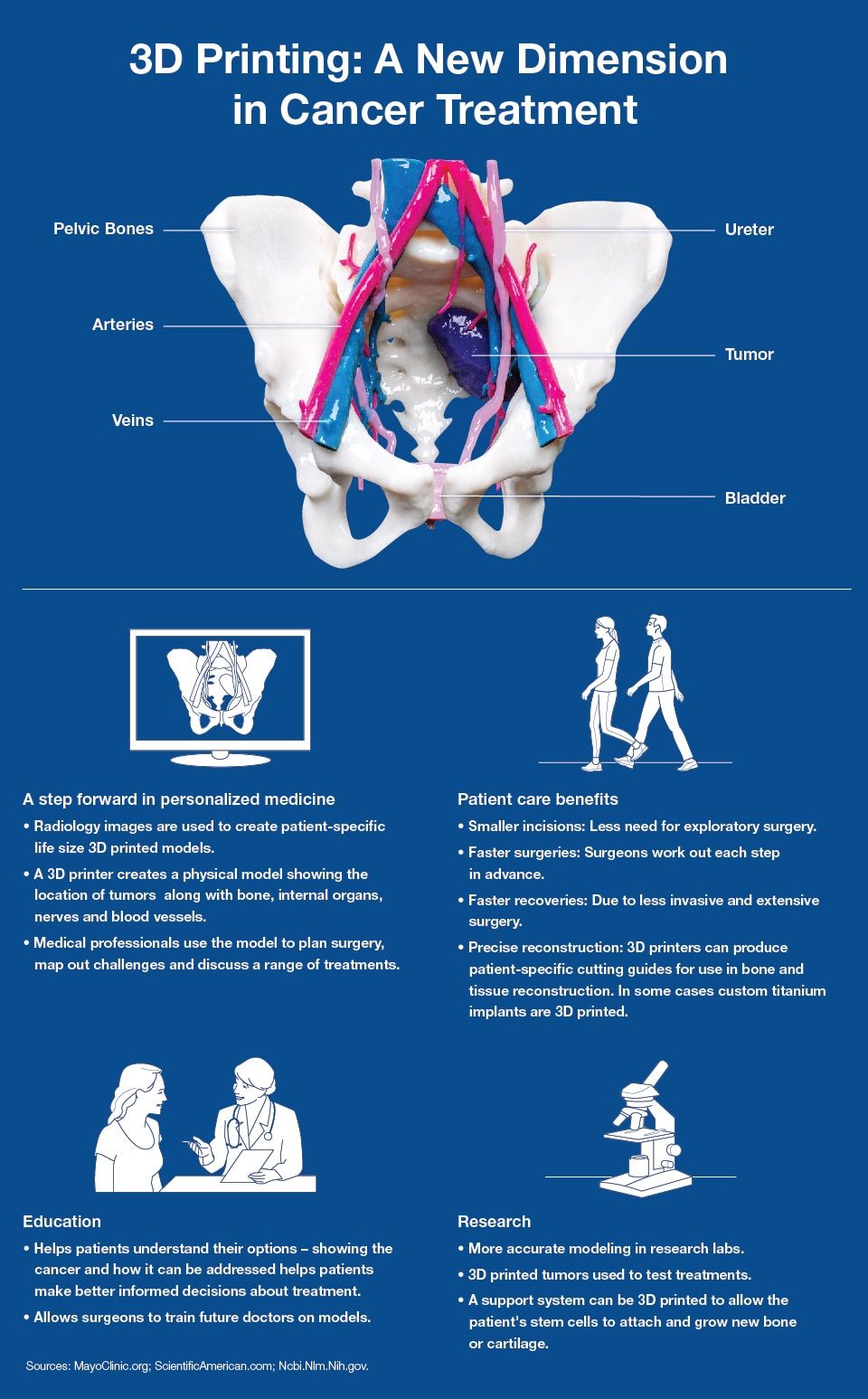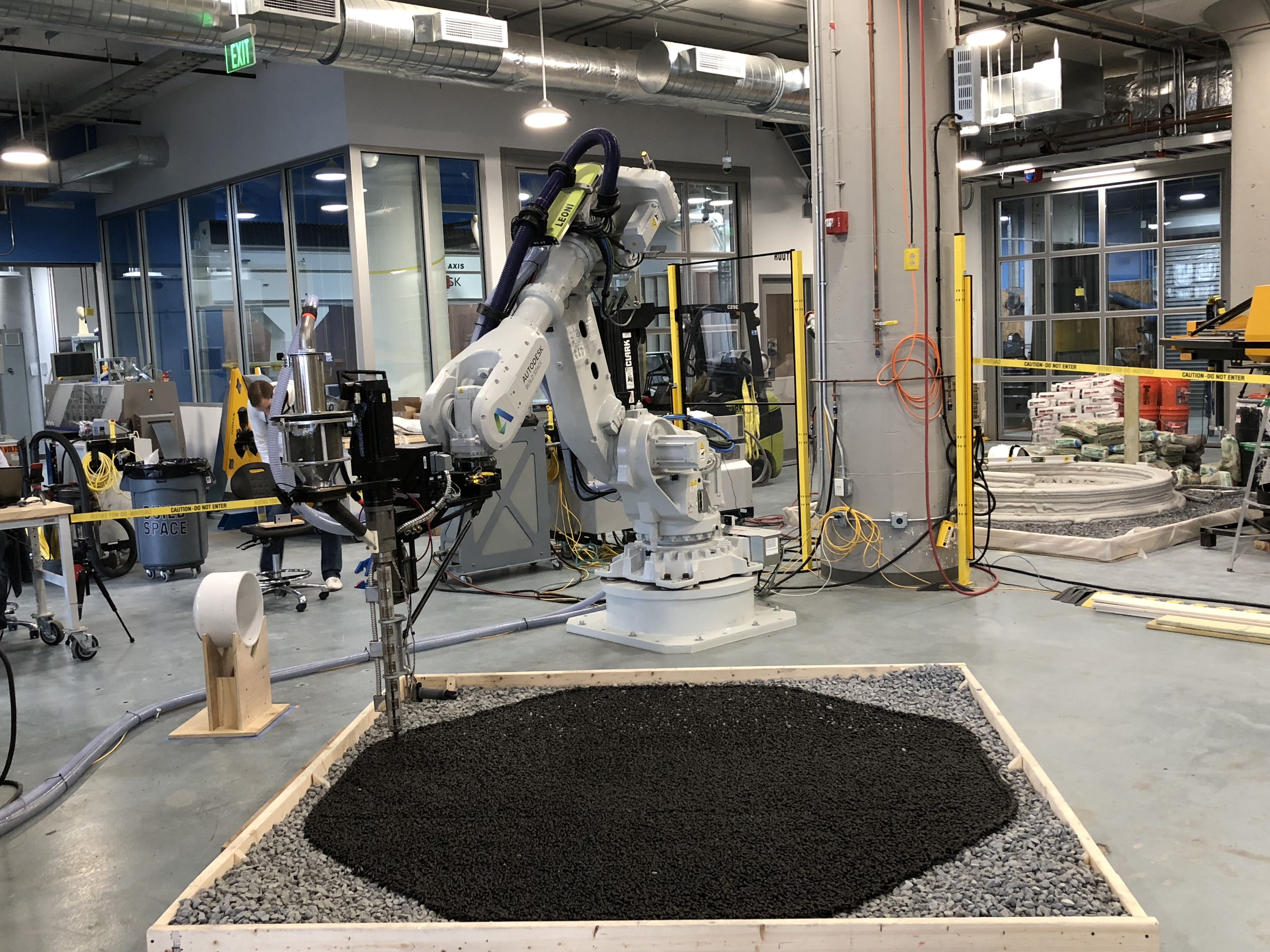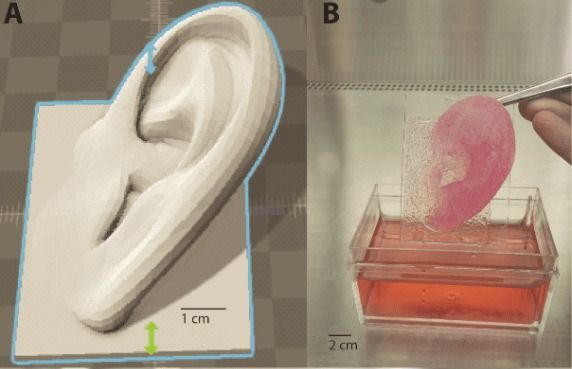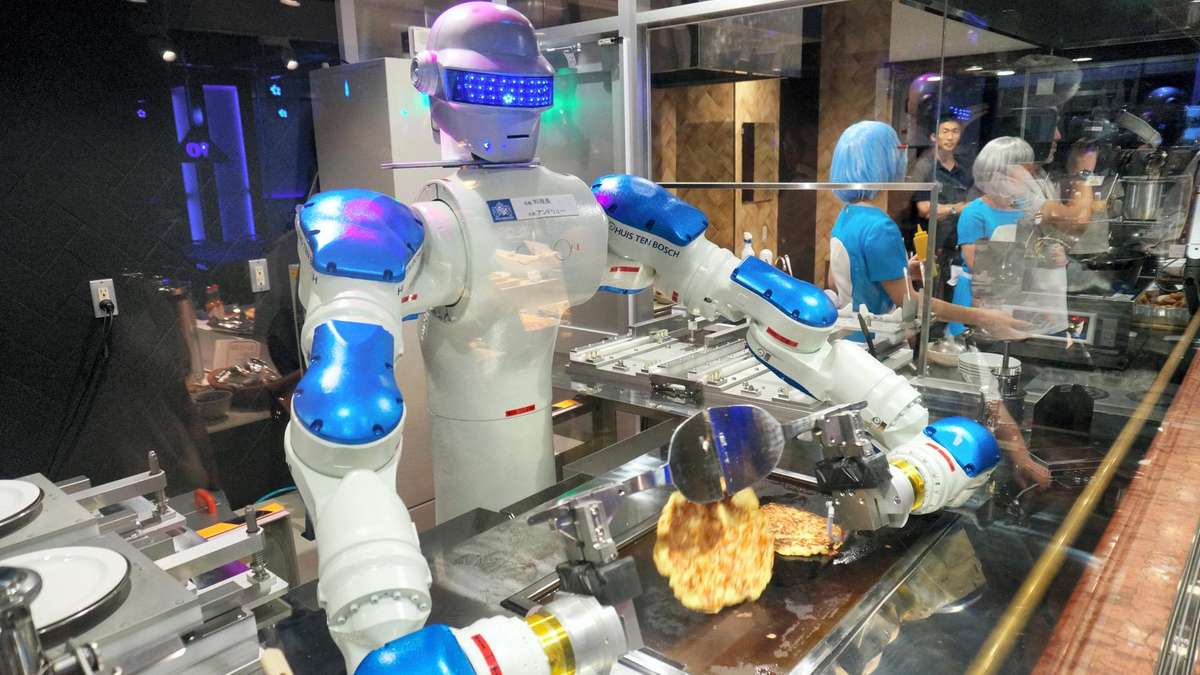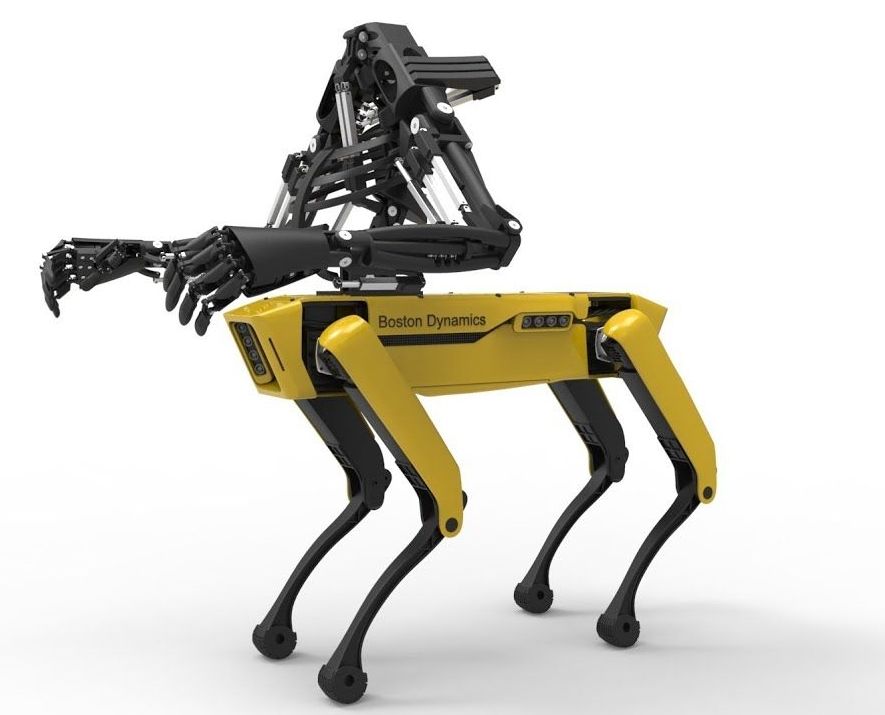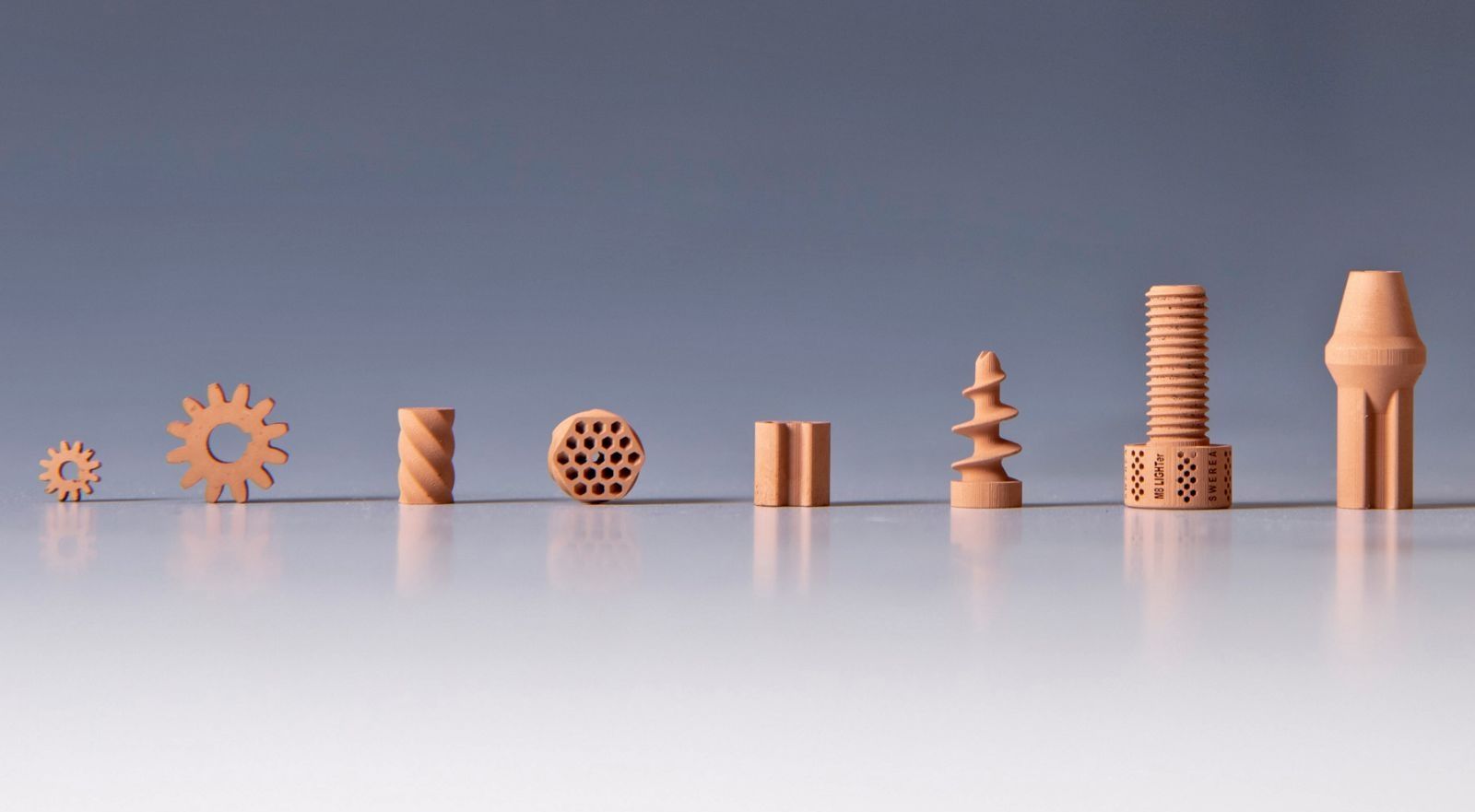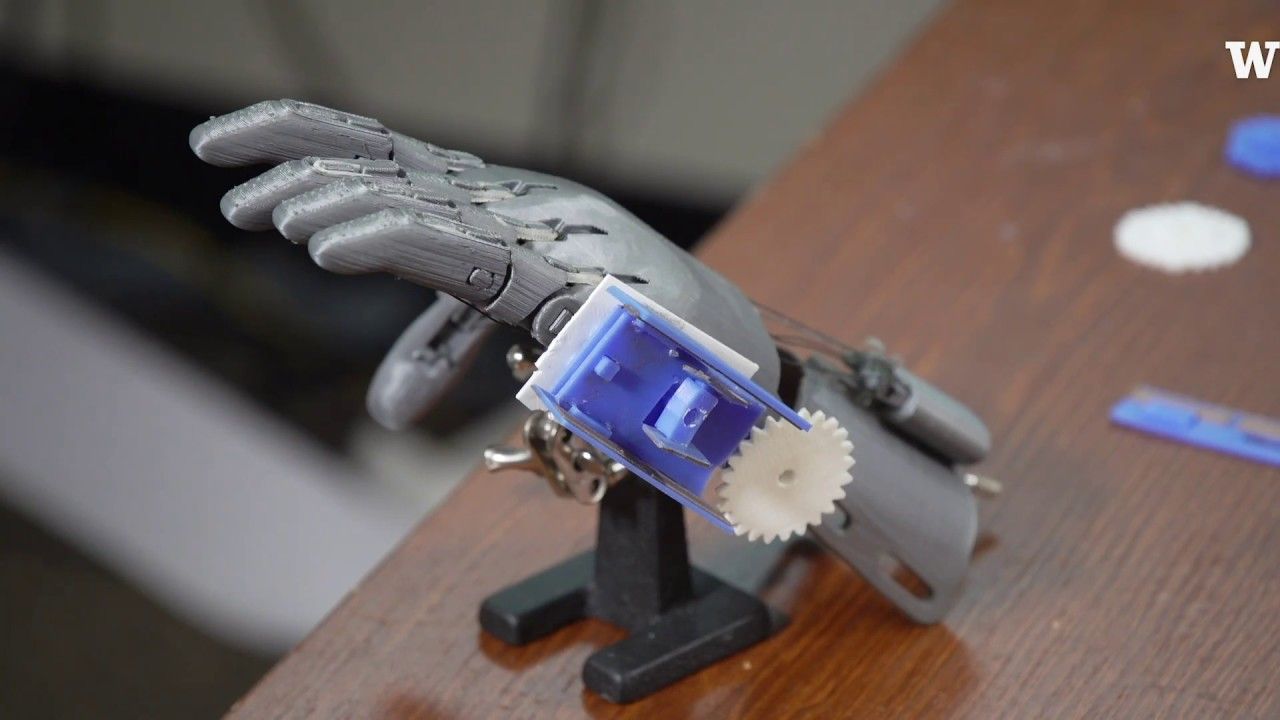Dec 11, 2018
Organs grown in space: Russian scientists 3D-print mouse’s thyroid on ISS in world first
Posted by Klaus Baldauf in categories: 3D printing, bioprinting, biotech/medical, space
Medical research has taken a leap into the future as Russian scientists have managed to grow a mouse’s thyroid in zero gravity using a 3D bioprinter on the International Space Station (ISS). And human organs may be next in line.
The breakthrough device dubbed Organaut was delivered to the ISS by a Soyuz MS-11 spacecraft on December 3 by Expedition 58.
